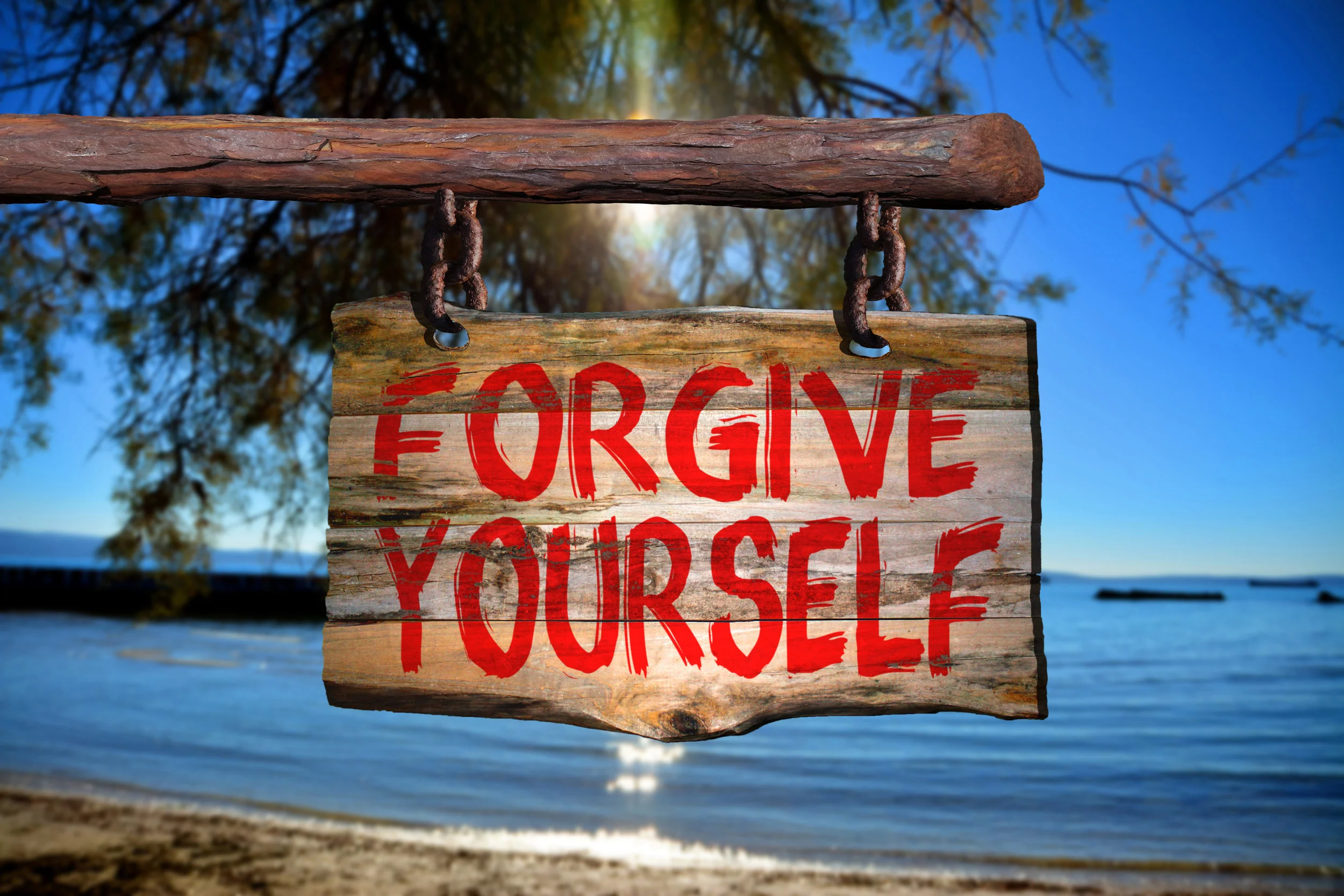(A reminder of what's at stake)
It’s when an employee feels they can’t leave a job (or take a more appealing opportunity) because they will lose their health care benefits (or the more appealing opportunity does not have adequate health care coverage).
When I was in college, I wanted to be a political consultant – a pollster, maybe a strategist. But there was a major roadblock standing in my way. I needed to work on Capitol Hill to get a better understanding of the political environment and make the connections I would need. But bottom tier jobs on the Hill did not come with health insurance back then. Or salaries above about $20,000/year if you were lucky. Hardly enough for rent and a diet of just Kraft Macaroni and Cheese in Washington. You could only stay on your parents’ insurance until you were 23, and any gaps in coverage could allow your next employer to deny coverage of your chronic condition for up to 18 months. You had to have a HIPAA letter attesting to your continuous coverage if you changed jobs at all. No job I could have gotten then would have paid enough to cover COBRA.
So, that was the end of that. Instead, I got jobs with large companies that took my career in a direction I didn’t necessarily want to go. But it was a paycheck and fairly inexpensive coverage, at least until the last few years. I spent most of the time unchallenged and using skills I’d developed before high school. Then the Affordable Care Act (ACA or Obamacare) passed and I got the idea for this blog. I want to transition eventually, to write full time on issues important to our chronic and autoimmune community.
If Republicans scrap, sabotage, or otherwise tank the individual market, I won’t be able to do that. Neither will many others. Our economy is on track to move away from the big corporations and more toward an a la carte market where small businesses provide tailored, less expensive solutions to a host of business concerns. But entrepreneurs with chronic or autoimmune conditions who don’t have access to affordable healthcare won’t be able to get off the ground. Large chunks of their starting capital will have to go toward keeping themselves healthy enough to work.
And it’s not just us. Our healthy parents and spouses may feel like they are locked in, as well. My father didn’t particularly enjoy his job. He was good at it, but it wasn’t what he would have chosen for himself. He was offered other positions, and I know my mother encouraged him to take something that would make him happier. However, with my and my mother’s health issues – there was a time when it seemed like there was a new crisis every week – he was reluctant to leave what was, by 1980s/1990s standards, comprehensive health insurance. It was just too much of a risk. He was stuck, too.
The current administration is doing its best to sabotage the ACA. If the President succeeds, not only will it return us the days of financially crippling healthcare costs, it will additionally keep us from creating the best, most creative market we can because those with potentially impactful and entrepreneurial ideas will not be able to find a way to get them to market.
We talk about healthcare with an edge of panic because being able to literally live is the primary concern, and our incomes shouldn’t be what decides who lives and who doesn’t (yes, it can come down to that). But let’s not forget that there are ripple effects, too. The United States has one of the most educated, but underemployed workforces in the world. Can you imagine what our economy would look like if we could all contribute the way we wanted to?
Call your Congresspeople, all of them. Tell them you want them to keep and fix the ACA. It’s worth the time spent on a few phone calls. There’s more at stake than we think.











